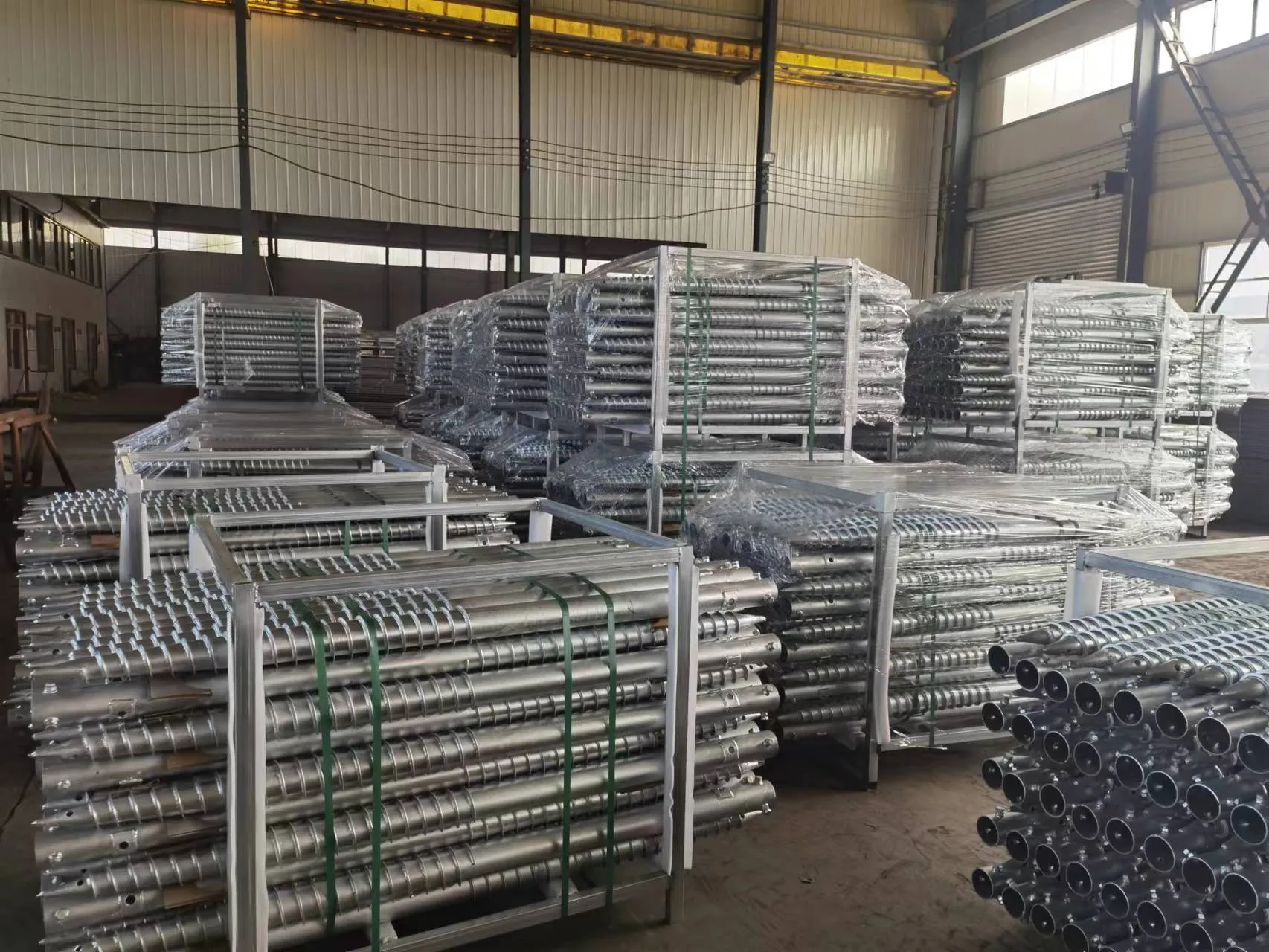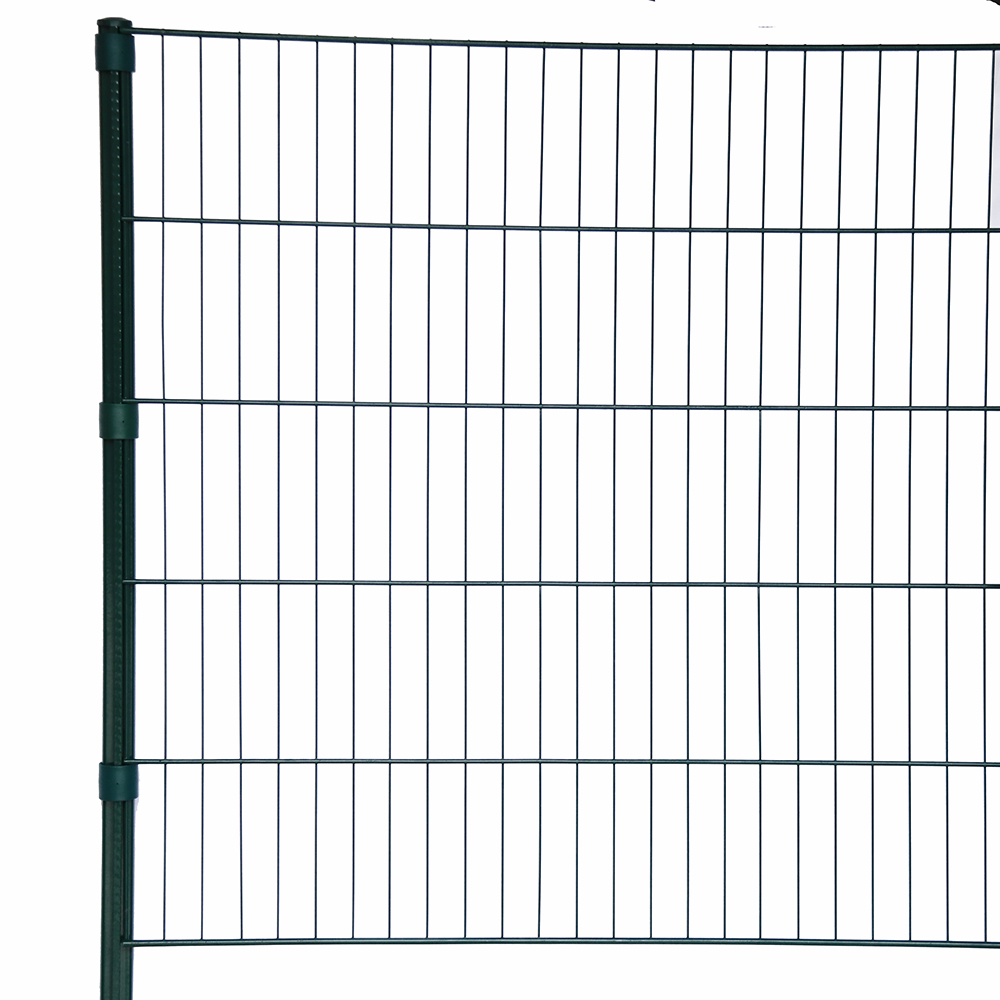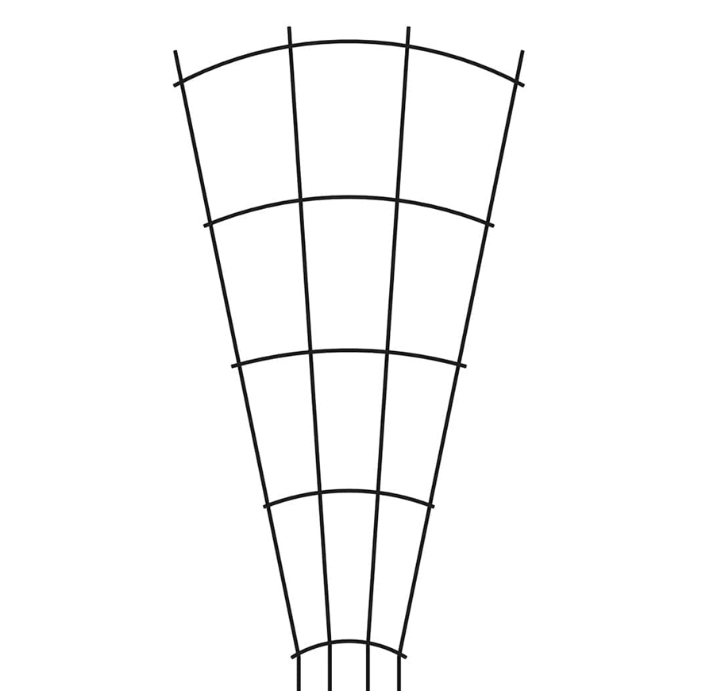Concrete vs Ground Screws
Juin . 04, 2025 18:28
When planning a construction project, whether for a backyard deck, fence installation, solar panel mount, or temporary structure, the foundation system you choose plays a critical role in long-term stability, cost efficiency, and environmental impact. Two popular options stand out: traditional concrete footings and the modern ground screw anchor system. Both have distinct advantages, and understanding the differences can help homeowners, contractors, and engineers make more informed decisions.
The Traditional Strength of Concrete
For decades, concrete has been the go-to foundation method for structures requiring stability and load-bearing capacity. Concrete footings involve digging holes, setting rebar or metal supports, pouring concrete, and waiting for the mixture to cure. When done correctly, this method offers solid anchoring, particularly for heavy, permanent structures.
However, while concrete remains strong and reliable, it comes with some drawbacks. Installation requires heavy labor, specific weather conditions, and significant curing time. In colder climates, concrete work is often delayed during freezing temperatures. Additionally, removing or altering a concrete foundation can be costly and labor-intensive.
Introducing the Ground Screw Anchor
En revanche, ground screw anchors—also known as helical piles or screw piles—are a modern solution that simplifies installation and reduces environmental impact. A ground screw anchor is a metal post with helical blades that allows it to be twisted deep into the ground using either handheld tools or machinery, depending on the soil type and application.
This method requires no excavation, no curing time, and minimal site disturbance. The installation is clean, fast, and can be completed in various weather conditions. From solar panel farms to pergolas and fences, ground screw anchors are now widely used across industries thanks to their versatility and reliability.

Speed and Efficiency in Installation
One of the most significant advantages of using ground screw anchors is the time saved during installation. A team can install dozens of anchors in a single day, often without the need for heavy excavation equipment or waiting days for concrete to set. This speed translates into cost savings on labor and project duration, making ground screws especially appealing for commercial and modular projects.
For example, installing a small backyard deck with concrete footings may take several days, including digging, pouring, and drying. With metal ground screws, that same project could be completed within hours.
Load Capacity and Performance
When properly installed, ground screw anchors provide exceptional load-bearing capacity. Many are tested and certified to meet international engineering standards. Their spiral blades create a firm grip in the soil, resisting both vertical and lateral forces. They can support structures in challenging terrains, including sandy soil, clay, or even rock-strewn environments.
It’s important to note that while concrete has higher mass and may support more weight per unit, modern earth anchors offer comparable performance in most residential and commercial applications. Engineering specifications and local regulations should always guide the final selection.
Sustainability and Environmental Impact
Concrete production is known to generate a significant amount of carbon dioxide. Moreover, pouring concrete into the ground alters the natural landscape and often requires removing vegetation and disrupting topsoil. In contrast, ground screw anchors have a much smaller environmental footprint.
Because they require no concrete, water, or chemical additives, and can be easily removed and reused, ground screws are an eco-friendly option. Many green building initiatives and renewable energy projects are now shifting toward ground screw anchor systems for their lower impact and recyclability.
Reusability and Flexibility
Another key benefit of ground screw anchors is their flexibility. Since they can be unscrewed and repositioned, they are perfect for temporary structures such as event tents, mobile offices, or seasonal equipment. In contrast, concrete foundations are permanent and costly to modify or remove.
This makes ground screws an ideal solution not only for permanent buildings but also for rental properties, temporary exhibitions, agricultural fencing, and mobile installations where adaptability is crucial.
Cost Considerations
On the surface, concrete may appear less expensive due to the availability of materials. However, when factoring in labor, excavation, machinery, curing time, and weather-related delays, the total cost of using concrete often surpasses that of ground screw anchors—especially for small to mid-sized projects.
Furthermore, the ease of installation means that in many cases, metal ground screws can be installed by a small team or even DIY enthusiasts, further reducing overall costs.
Durability and Maintenance
Modern ground screw anchors are made from galvanized or stainless steel, ensuring resistance to corrosion and long-term durability in outdoor conditions. They are built to last decades without maintenance and remain secure through seasonal shifts, frost heave, and soil movement.
Concrete, while strong, can crack or erode over time, especially in freeze-thaw cycles or if exposed to water. Repairs or replacements often require breaking up and removing the existing foundation—something you won't need to worry about with ground screws.
Application Versatility
The versatility of ground screw anchors cannot be overstated. Whether you're securing signage, building a garden shed, anchoring a solar array, or setting up fencing in an open field, ground screws offer reliable support without the need for a permanent concrete base.
Manufacturers like Minmétaux du Hebei provide a wide range of sizes and head types to suit different applications, from flange plates to adjustable brackets. This ensures compatibility with timber frames, steel posts, or modular systems—making ground screw anchors one of the most adaptable foundation options available today.
Conclusion: Ground Screw Anchor or Concrete?
Ultimately, the decision between concrete and ground screw anchors comes down to project needs. For long-term, heavy-duty infrastructure, concrete may still be the better choice. But for the vast majority of residential, commercial, and green construction projects, ground screw anchors offer a faster, cleaner, more flexible, and environmentally friendly alternative.
With benefits ranging from installation efficiency to reusability and eco-conscious design, it's no surprise that more builders and DIYers are turning to ground screw anchors as the future of smart, sustainable foundations.




















